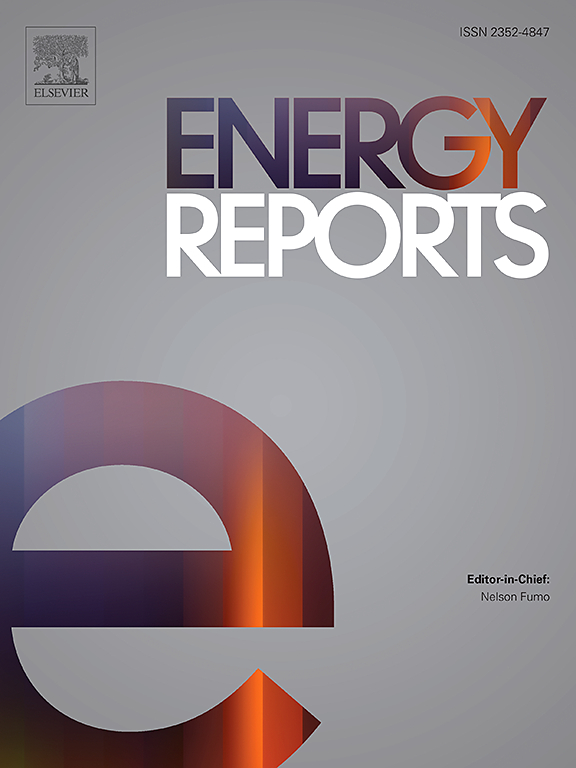Predicting workforce requirements for energy efficiency and electrification from energy scenarios
IF 5.1
3区 工程技术
Q2 ENERGY & FUELS
引用次数: 0
Abstract
The energy efficiency and electrification workforce will play a crucial role in the energy transition across all sectors, as reaching net zero requires simultaneously reducing energy intensity and increasing the proportion of electricity in final demand. The ability to plan for this critical workforce is hampered by a lack of information on workforce scale, occupational shares, and required skills. This research pilots a method to create workforce projections using outputs from standard energy models. The approach uses the petajoules of energy efficiency (reduction of electricity and other fuels) and petajoules of electrification (increased electricity demand resulting from switching to electricity) from the AusTIMES model as a data input to determine employment in energy efficiency and electrification to 2040 for Australia. This workforce has not previously been projected directly from energy scenarios, and the study establishes that an employment factor methodology is practicable to achieve this. Further effort is required to provide the sector-by-sector detail for occupational characterisation of these workforce(s). The AusTIMES data enables projections for the incremental workforce, and the study presents estimates of the associated baseline workforce to illustrate the importance of exploring this relationship in the future. Occupational classifications, further detailed employment factors, and the ratio between incremental and baseline workforce is the subject of further research. It would be beneficial to explore with researchers, government and industry what is most urgent to enable workforce planning, and to expand the research to determine which employment indicators are common across jurisdictions.
根据能源情景预测能源效率和电气化的劳动力需求
能源效率和电气化工作人员将在所有部门的能源转型中发挥关键作用,因为实现净零排放需要同时降低能源强度并增加电力在最终需求中的比例。由于缺乏有关劳动力规模、职业份额和所需技能的信息,对这一关键劳动力进行规划的能力受到了阻碍。本研究试点了一种使用标准能源模型的输出来创建劳动力预测的方法。该方法使用来自AusTIMES模型的能源效率(减少电力和其他燃料)和电气化(由于转换为电力而增加的电力需求)作为数据输入,以确定澳大利亚到2040年在能源效率和电气化方面的就业情况。这一劳动力以前没有直接从能源情景中预测,研究表明,就业因素方法可以实现这一目标。需要进一步努力,逐部门详细说明这些劳动力的职业特征。AusTIMES数据支持增量劳动力的预测,该研究提出了相关基线劳动力的估计,以说明在未来探索这种关系的重要性。职业分类、进一步详细的就业因素以及增量劳动力与基线劳动力的比例是进一步研究的主题。与研究人员、政府和行业共同探讨什么是最紧迫的,以实现劳动力规划,并扩大研究范围,以确定哪些就业指标在各个司法管辖区是共同的,这将是有益的。
本文章由计算机程序翻译,如有差异,请以英文原文为准。
求助全文
约1分钟内获得全文
求助全文
来源期刊

Energy Reports
Energy-General Energy
CiteScore
8.20
自引率
13.50%
发文量
2608
审稿时长
38 days
期刊介绍:
Energy Reports is a new online multidisciplinary open access journal which focuses on publishing new research in the area of Energy with a rapid review and publication time. Energy Reports will be open to direct submissions and also to submissions from other Elsevier Energy journals, whose Editors have determined that Energy Reports would be a better fit.
 求助内容:
求助内容: 应助结果提醒方式:
应助结果提醒方式:


